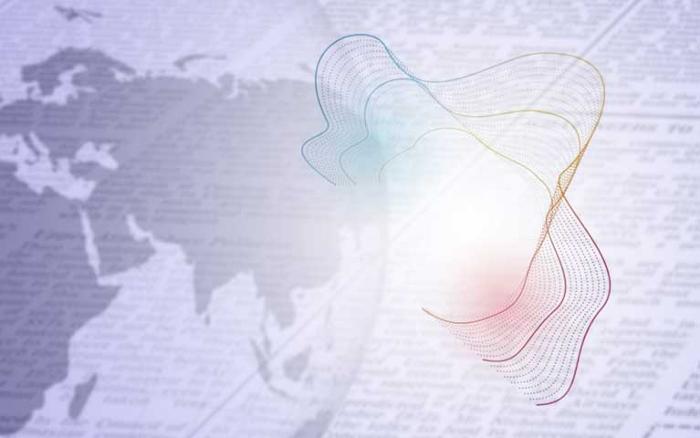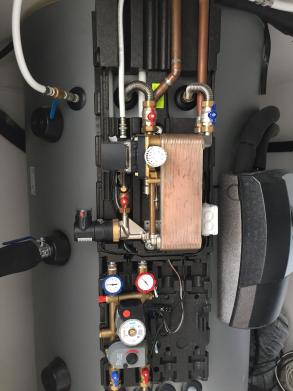

Artificial intelligence increases the efficiency of climate control and cooling equipment
While the Internet of Things (IoT) collects data, Big Data stores it and artificial intelligence interprets it. This enables climate control equipment to create predictive models that react based on different parameters. For example, climate control systems can increase cooling in a shopping centre in anticipation of increased occupancy, or can increase the output pressure of a boiler when needed.
Thanks to cutting-edge technology, climate control systems are becoming increasingly more efficient and offer more features than ever before. Big Data and artificial intelligence facilitate our understanding of users' trends, habits, energy needs and much more, explains Ana María García Gascó, Director General of CONAIF, Confederación Nacional de Asociaciones de Instaladores y Fluidos[Spanish National Confederation of Installers and Fluids]). She also notes, "This knowledge helps to adjust equipment performance to necessary comfort levels, increasing both efficiency and intelligence".
Thanks to new technologies, "equipment installers can predict users' behaviour and make decisions when proposing solutions that increase energy efficiency and facilitate greater control of energy consumption". These benefits also extend to equipment and system maintenance, "enabling predictive anticipation of situations, thus helping to increase efficiency".
Predictive modelling
Big Data has become an essential part of almost all technology products and services on the market, according to Pedro García Gómez, Chairman-elect of ACTECIR (Asociación Catalana de Técnicos en Energía, Climatización y Refrigeración[Catalonian Association of Energy, Heating and Cooling Technicians]). "While the Internet of Things collects data, Big Data stores it and artificial intelligence interprets it, all of this with a view to improving services, helping users and enabling manufacturers to offer the best solutions available".
Then, predictive models react based on different parameters. "For example, shopping centre can increase cooling output in anticipation of increased occupancy. Or an HVAC system might choose the right time of day to execute a routine based on the pool price of electricity and current demand.
Mr García Gómez also provides another example, that of a boiler pressure sensor that takes pressure readings on a second-by-second basis: "The sensor will take 86,400 readings per day, which amounts to trillions of bytes of data over time". He also noted that this is the scale with which we must think when it comes to Big Data. "Once we have access to this data, it then becomes a question of using powerful computing technology to analyse it and identify patterns, which might range from service pressure changes, a fault condition in an expansion tank or repeated spikes in certain readings that might be indicative of abnormal operation". Thus, "This knowledge can be used for proactive intervention and to make adjustments, corrections or changes to equipment that improve system functionality".





